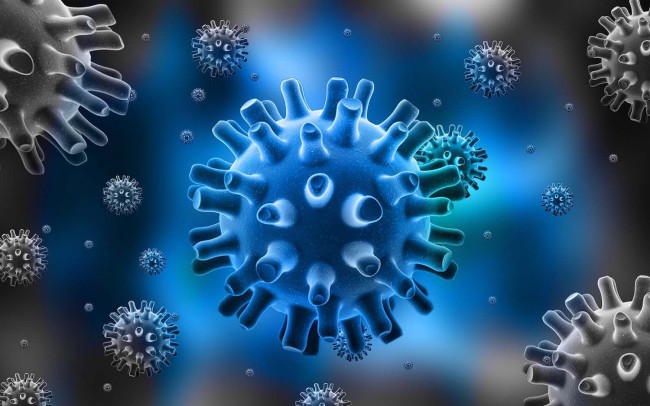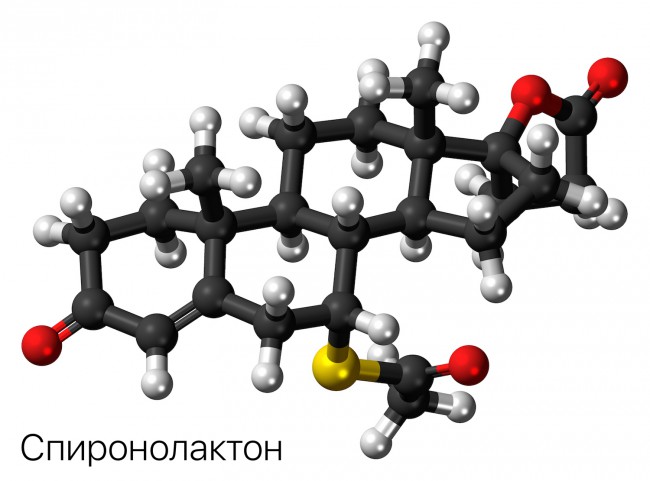
One of the topical problems of treatment of infectious diseases is a viral pathology. Bright representative of a herpes infection.
The herpes virus (Herpesviridae family) includes a large family of DNA-containing viruses infecting not only humans but also other mammals. In the literature well described 8 types of herpes infections of man. The most common in the world is herpes simplex virus of the second type (HSV-2), which causes oral and genital lesions. According to calculations by the who, each year about 20 million people are infected with HSV-2. In addition, one of the most dangerous types of herpes virus is a virus Epstein — Barr that causes infectious mononucleosis, Burkitt’s lymphoma, nasopharyngeal carcinoma and other serious pathologies that arise due to impaired immunity. Especially severe this infection in children and in elderly and senile age.
Accordingly, the search for new antiviral drugs is an urgent task of modern medicine throughout the world.
American scientists from the University of Utah, exploring the action of a diuretic drug Spironolactone, accidentally discovered its effectiveness against Epstein — Barr and other herpes viruses. According to the results of an experimental study of cultures of infected cells, drug Spironolactone inhibits one of the last phases of the “Assembly” of viral particles inside infected cells, which prevents further spreading.

Study leader Sankar Swaminathan (Swaminathan Sankar) noted that the discovery of new properties of spironolactone is very surprising, since the drug for over fifty years, used in medical practice as a means to reduce arterial pressure by inhibition in the renal tubule reabsorption of water and salts and increase their excretion with urine.
According to scientists, the search for such drugs will be effective not only against the virus, Epstein — Barr, but the “flu” and other forms of herpes, especially in the complex treatment of severe forms of herpetic infection.
